Featured IBDA 2023
Weaving History & Design: Stories of the Seat in India is India’s Best Design Project 2023
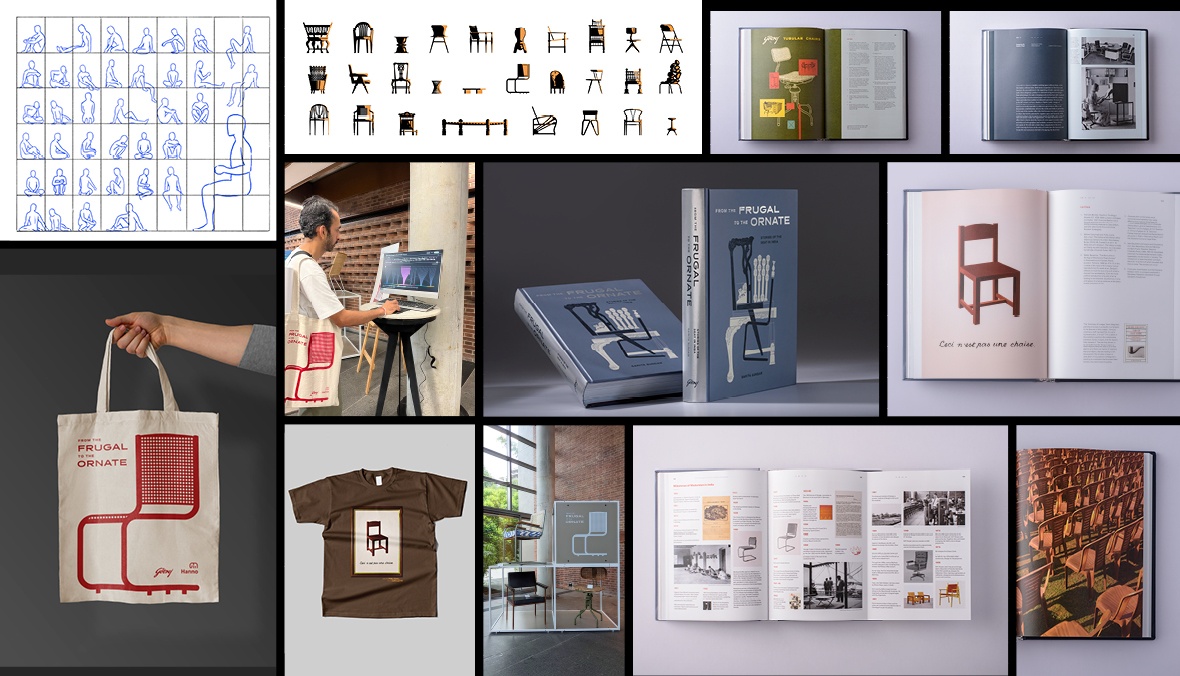
The book ‘From the Frugal to the Ornate: Stories of the Seat in India’ is authored and curated by designer and design historian, Sarita Sundar. It presents a sweeping
cultural history of seats used in India from early history to the present day. Archival imagery, oral histories, photo documentation, illustrations and thematic essays are brought together to create a narrative and conceptual rendering of the many stories that surround the ubiquitous seat. The design project consists of a 264-page book, a mini exhibit, posters, and an interactive website.

Bridging Multidisciplinary Perspectives
The design of the book was required it to reflect a multidisciplinary approach while supporting intricate cross-referencing within the content. The goal was to create a design that remained accessible to a diverse audience, from casual readers to scholars. Its design emerged from an intimate dialogue between the essays, archival material, and photographs. It employs design thinking not only in its visual elements but also in its content structure. Intertextual and indexical devices, such as chair icons with chapter and page numbers in the margins of essay pages, encourage thematic cross-connections between chapters. Gallery pages following essays facilitate visual storytelling, making key ideas more accessible and allowing for a deep dive into highlighted content. Infographics render complex ideas easier to understand, while the accompanying website offers a participative and interactive experience.
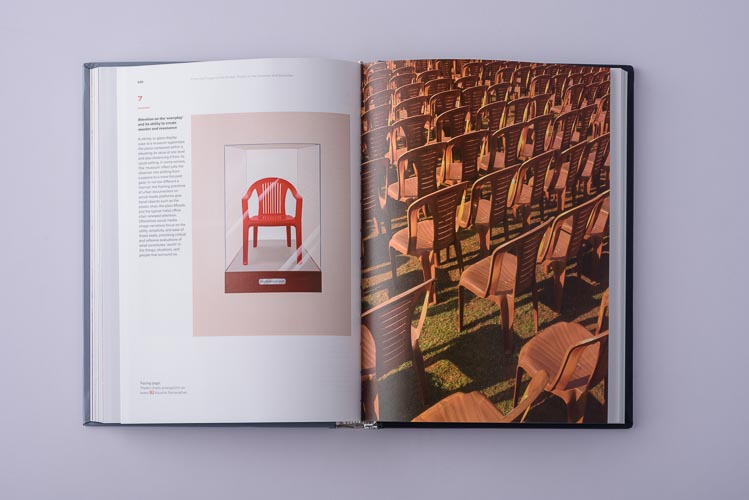
A Unique Approach to Cultural Context
A scholarly publication on furniture design might typically fail to engage the general public. However, this project’s content and design take a different route, combining scholarly concerns with an object-oriented ethnographic approach. This first-of-its-kind publication tells the stories of seats that are not only revered by designers but also used by everyday people. The presentation and structure provide an anecdotal yet historical backdrop of the design landscape in India, integrating narrative and rhythm to supplement the unfolding content.
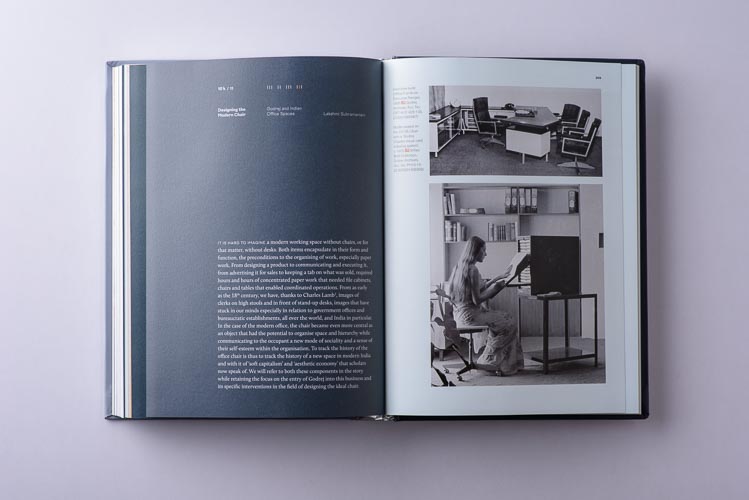
They showcase a wide array of seats, from humble vernacular and ceremonial seats to grand thrones and colonial icons like the Roorkhee Chair. It also features modern designs such as tubular steel chairs made by Godrej & Boyce that lined office halls in the last century. This diversity highlights the rich cultural and design history of seating in India, making the book a comprehensive and engaging exploration of the subject.
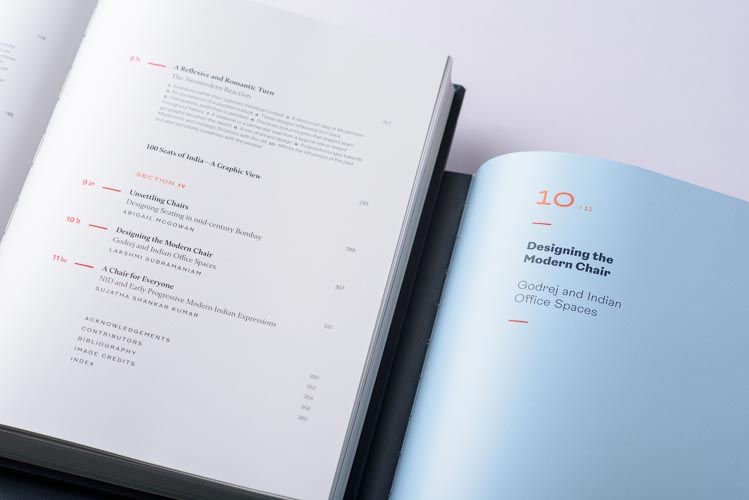
Scholarly Impact
The project has received positive reviews from the press, casual readers, design aficionados, scholars, cultural historians, and museum professionals. It is now used as a reference in history and design departments in Indian and American universities, demonstrating its impact and reach.
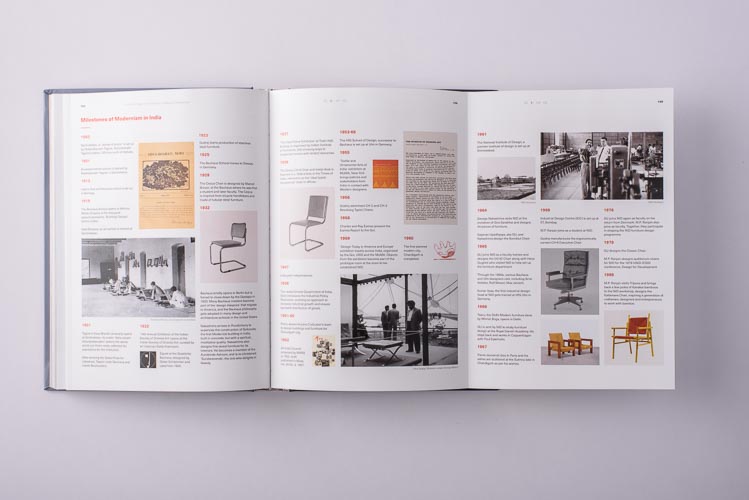
Credit: Hanno & GPaul

